Hundreds of ancient gold and silver coins from possible Celtic market found in Czech Republic
Hundreds of gold and silver coins, along with jewelry and other artifacts, have been found in the Czech Republic at what might have been an ancient Celtic market.
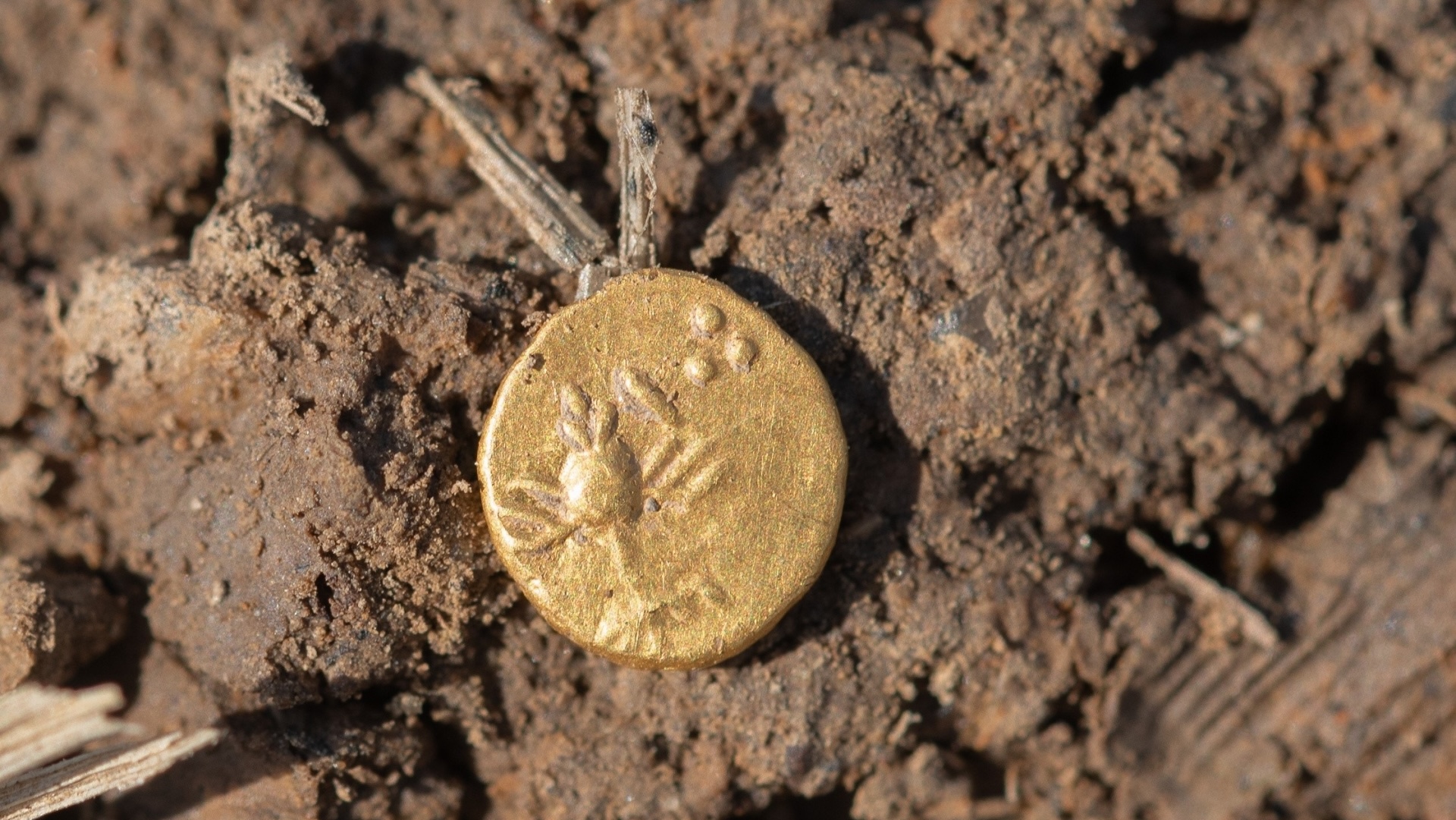
Archaeologists in the Czech Republic have revealed a trove of coins, gold jewelry and other artifacts that date to about 2,500 years ago, during the region's Celtic period.
According to a translated statement from the local government, the ancient objects were discovered during excavations at an undisclosed archaeological site in the Pilsen region in the west of the Czech Republic over the past five years.
"The main goal of the project was primarily to save movable archaeological finds that are immediately threatened by illegal prospectors, ploughing and natural influences," Jan Mařík, director of the Institute of Archaeology of the Czech Academy of Sciences, said in the statement.
The site's exact location, in the rural north of the Pilsen region, is being kept secret to deter illegal searching by metal detectorists, the statement said.
Photographs of the site show archaeologists unearthing several small, detailed gold and silver coins that sport animal-like depictions, as well as pieces of gold jewelry.
Several other metal objects — including fragments of gold and silver ingots, as well as bronze buckles, pins, bracelets, pendants and a horse figurine — were also found at the site, the team reported in the statement.
Some of the artifacts are now on display at a museum in the nearby Czech village of Mariánská Týnice, which was a place of Christian pilgrimage from medieval times until the 18th century because of a prominent Cistercian monastery there.
Get the world’s most fascinating discoveries delivered straight to your inbox.
Unknown mints
Many of the newfound gold and silver coins are from previously unknown mints. This discovery challenges current knowledge of Celtic coinage in the region, museum archaeologist Daniel Stráník said in the statement.
There were no signs of a permanent Celtic settlement at the site, the statement said, which implied it might have been a seasonal market or fair. "It … could be a place with a distinctly seasonal character of activities, during which people randomly lost mainly small to very small objects, such as coins," David Daněček, an archaeologist with the Institute of Archaeology of the Czech Academy of Sciences, said in the statement.
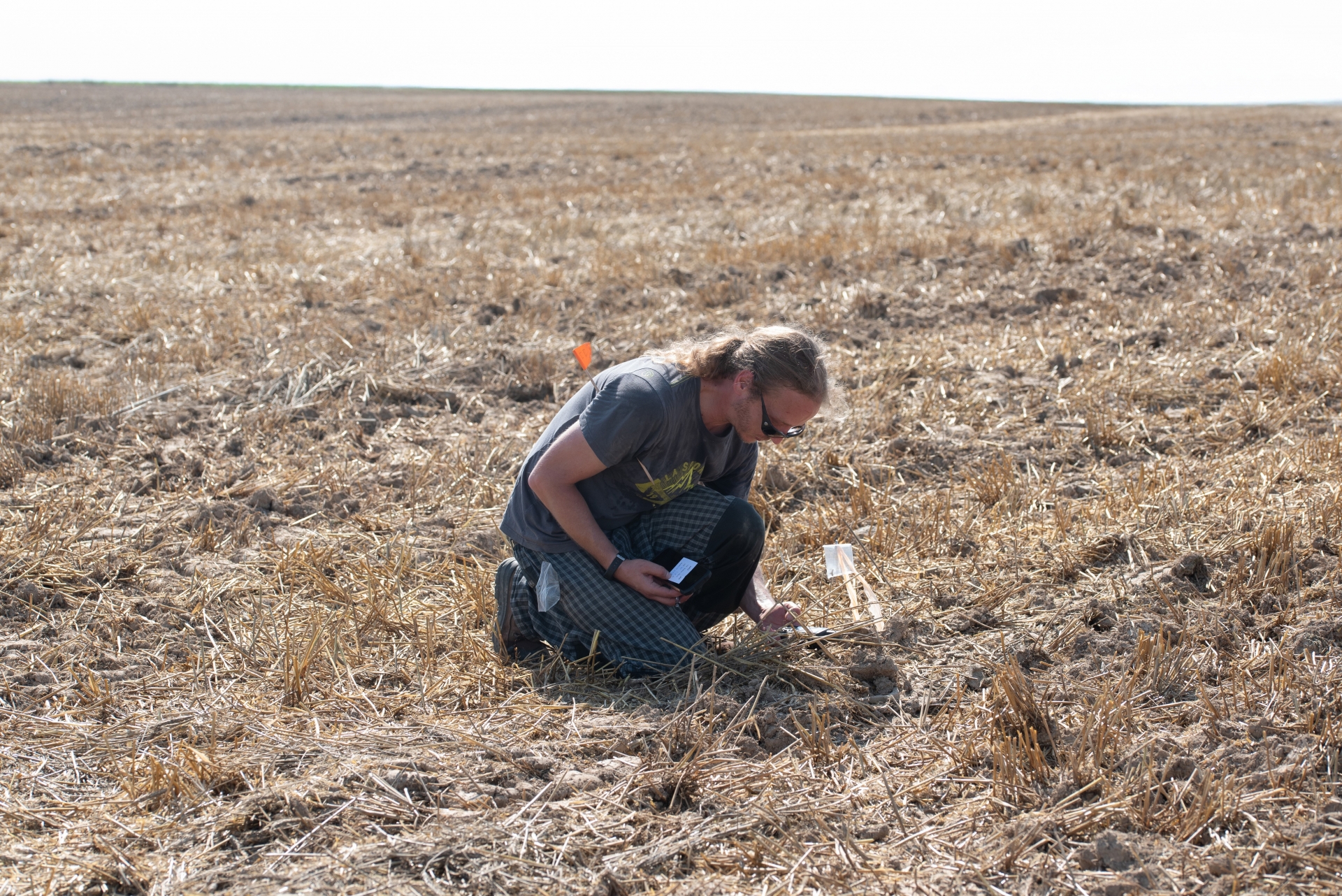
The finds were made over the last five years at a secret location in the north of the western Pilsen region.
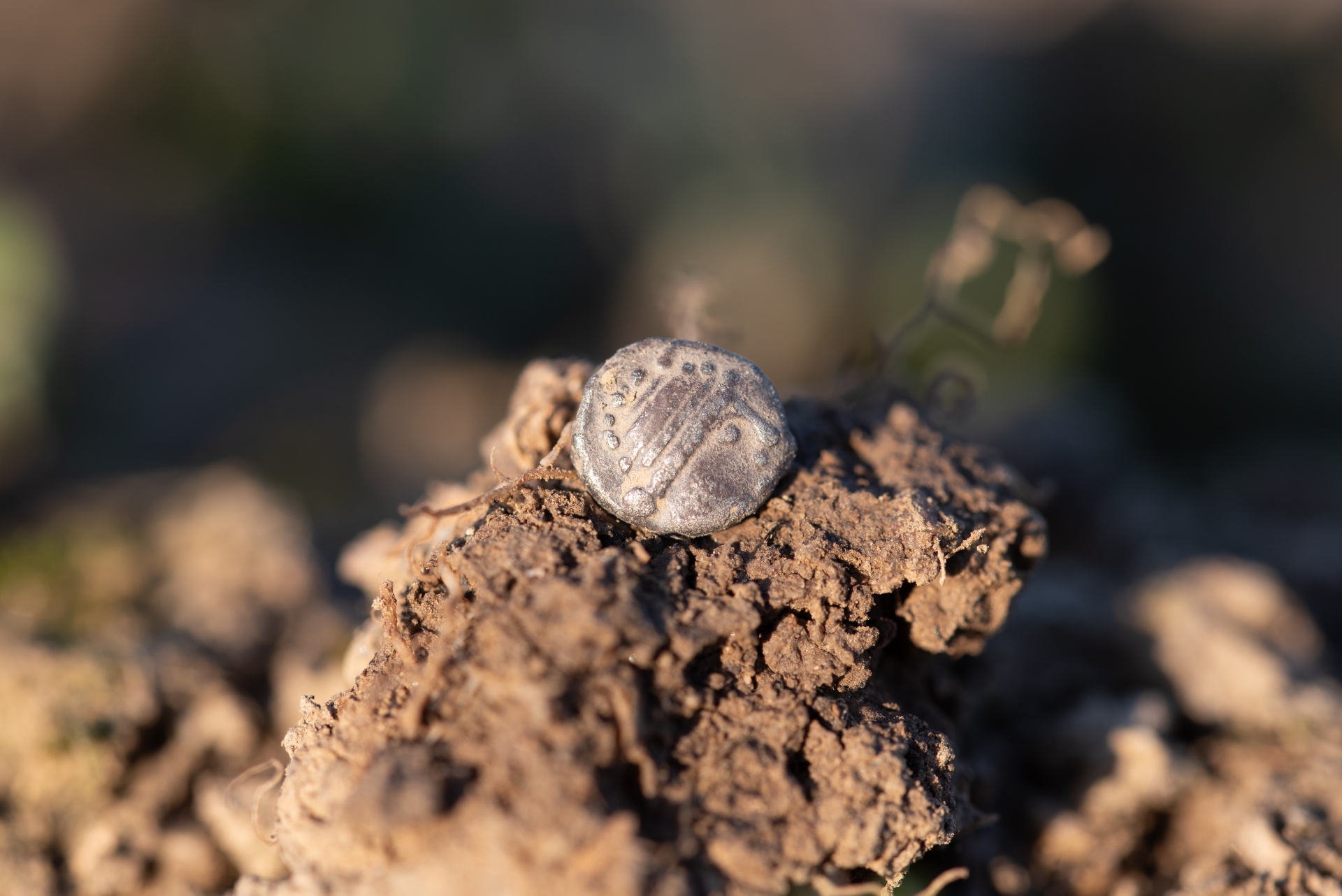
The archaeologists have also found dozens of Celtic silver coins, including this one from the La Tène period.
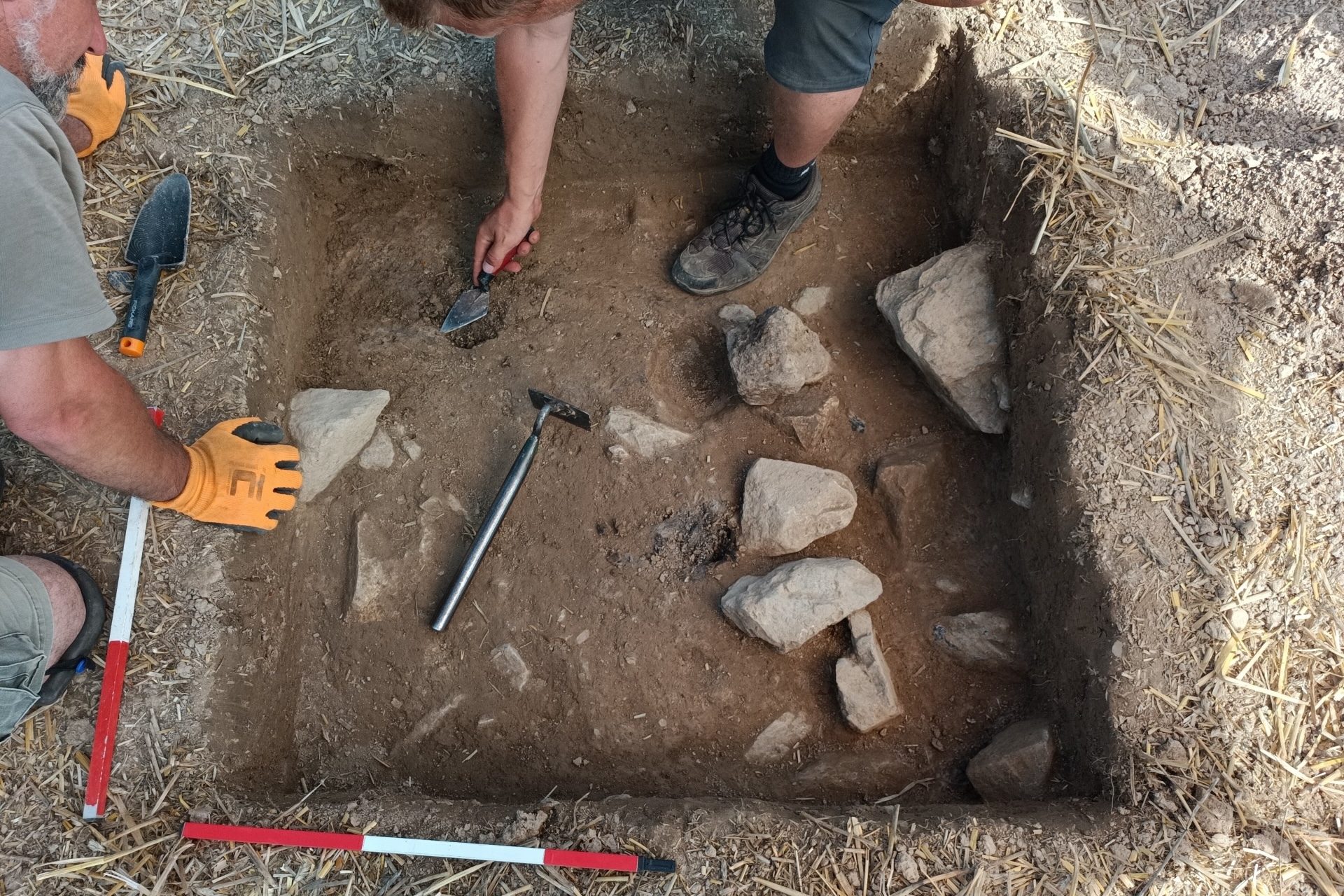
The team have found no signs of a permanent settlement at the site, which suggests it may have been a seasonal market.
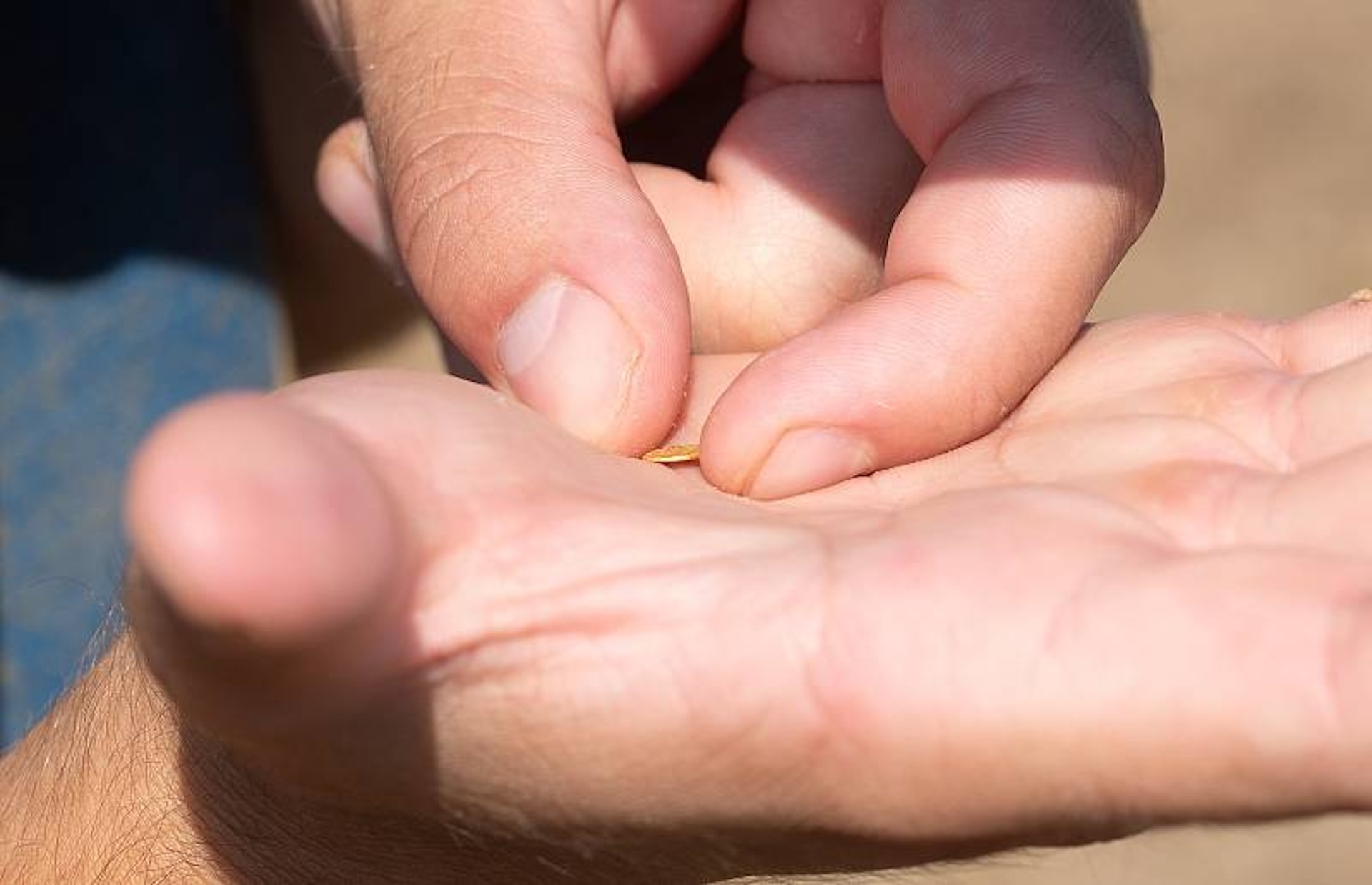
The gold and silver coins vary in size, but many of them are extremely small.
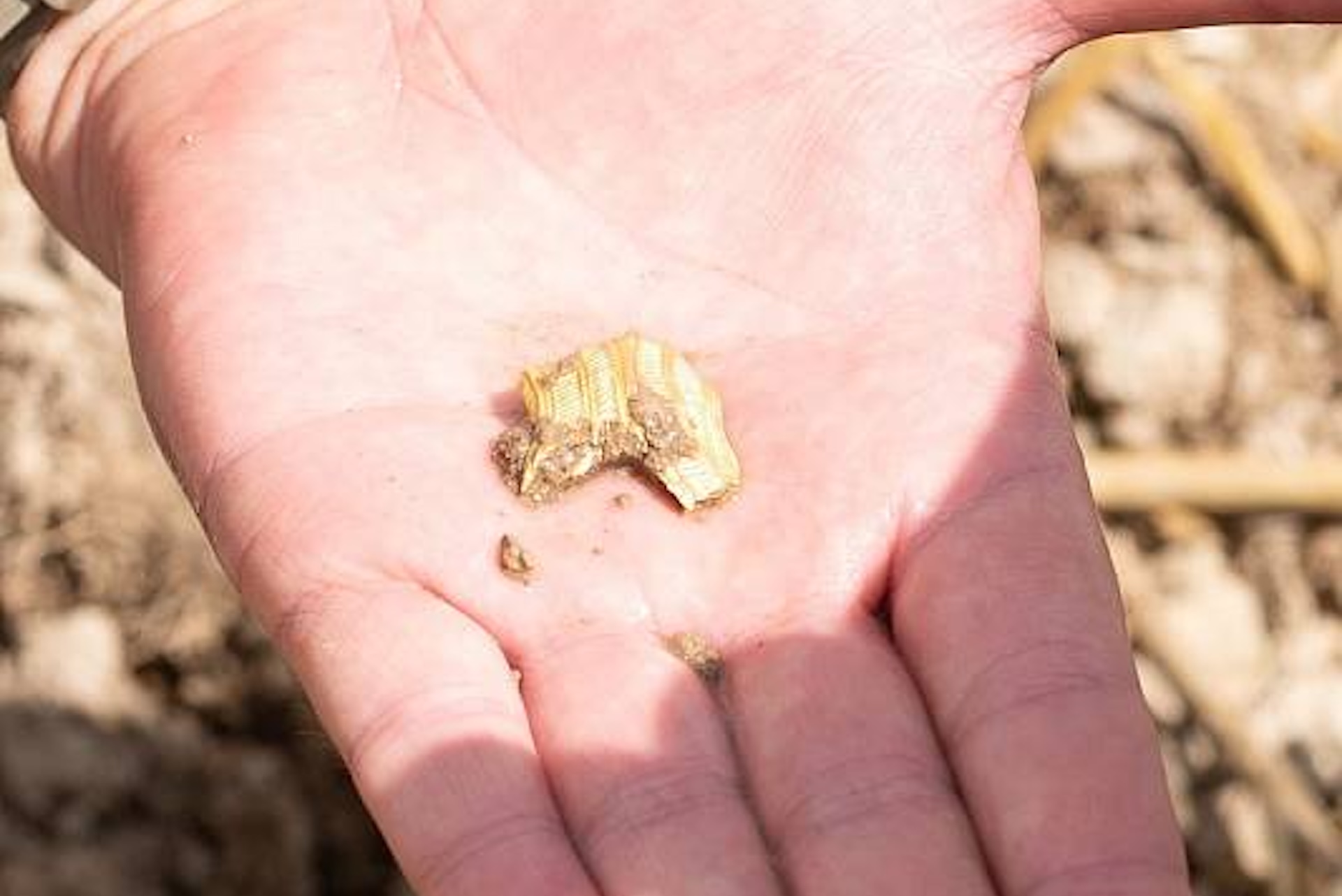
The archaeologists have also found pieces of gold jewelry at the site.
A market or fair could also explain the fragments of gold and silver ingots found at the site. "These could have played an independent role in the exchange, but they could also have been mined under the supervision (with the consent) of the regional ruler," he said
Only some of the finds have gone on display in the museum. "The greatest unique items are stored in a safe place and will be presented only after a complete expert evaluation of the entire research," museum director Pavel Kodera said in the statement.
The Celts are often thought of as occupying only the Western fringe of ancient Europe, such as Ireland; but excavations and historical records show that they spread at times across much of the continent, from the Iberian Peninsula to Anatolia and what is now the Czech Republic.
The first phase of this pan-European Celtic culture is known as the Hallstatt culture (between about 1200 and 450 B.C.), while its peak is recognized as the La Tène culture (between about 450 and 50 B.C.) across France, Germany and other regions.
This is far from the first Celtic treasure discovery in the Czech Republic. In July, archaeologists reported finding several hundred coins and over 1,000 pieces of jewelry from a 2,200-year-old Celtic settlement in the country's Bohemia region.
Celtic quiz: Test your knowledge about these fierce tribes once described by Julius Caesar
Tom Metcalfe is a freelance journalist and regular Live Science contributor who is based in London in the United Kingdom. Tom writes mainly about science, space, archaeology, the Earth and the oceans. He has also written for the BBC, NBC News, National Geographic, Scientific American, Air & Space, and many others.
You must confirm your public display name before commenting
Please logout and then login again, you will then be prompted to enter your display name.
